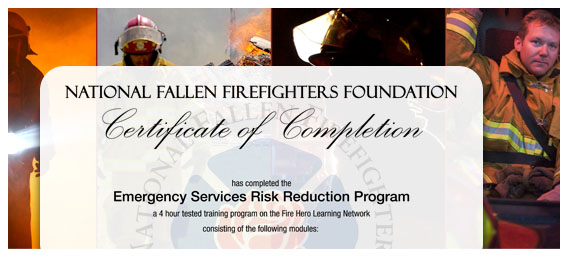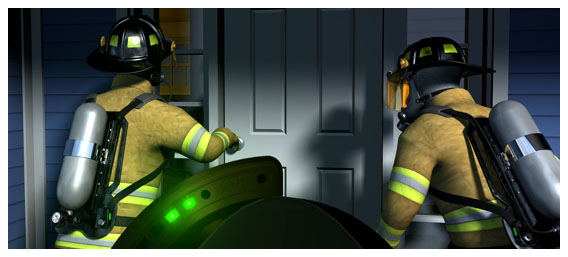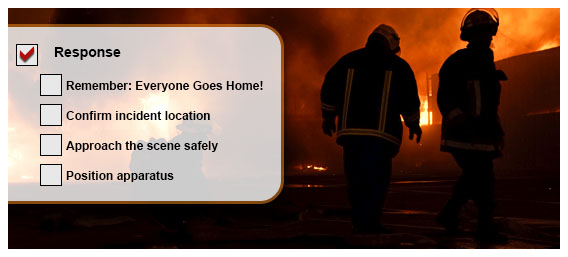Wildland Urban Interface Fires Lessons Learned
Credit Hours:
1
Approximate reading time:
0.5 Hours
Approximate online time:
0.5 Hours
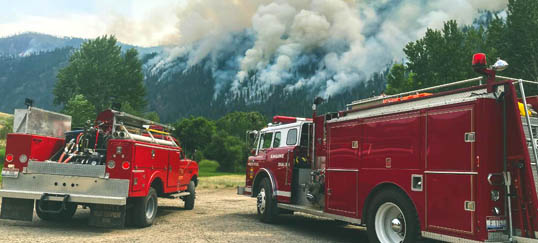
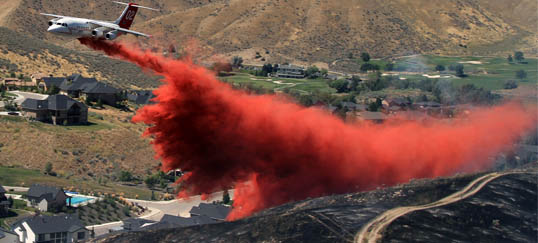
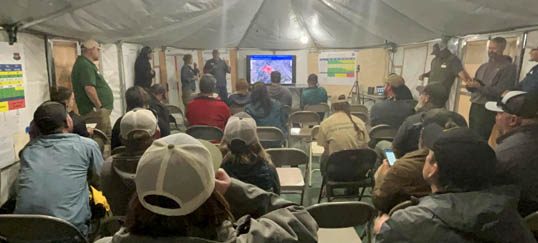
Program Abstract
Wildfires do not respect geographic, jurisdiction, or agency boundaries. As human communities expand and wildfires grow in size, intensity, and duration, these fires have a more severe impact in the wildland urban interface (WUI). Close to 99 million people (30% of the U.S. population) live in the WUI. More than 46 million homes, with an estimated value of $1.3 trillion, in more than 70,000 communities in the WUI are at risk of wildfires 1. And the risk isn’t confined to western states as one might assume. The contiguous states with the greatest number of houses in the WUI are California, Texas, Florida, North Carolina, and Pennsylvania. The states with the highest percentage of houses in the WUI are Maine, New Hampshire, Vermont, West Virginia, South Carolina, Montana, Wyoming, New Mexico, and Alaska 2.
The reality of today’s wildfires means that wildland and structural firefighters are increasingly expected to communicate, collaborate, and work together. NFPA’s Wildland & WUI Firefighting report from The Fifth Needs Assessment of the US Fire Service found that 87% of fire departments are responsible for wildland and WUI firefighting. 78% of these departments that perform wildland and WUI firefighting operations have unmet training needs 3. This module helps fire departments with wildland and WUI firefighting responsibilities understand the nature of firefighting in the WUI, how crews get in trouble, lessons learned from three case studies, and the keys to effective risk management in the WUI.
This module is appropriate for both “blue shirts” (structural firefighters) and “yellow shirts” (wildland firefighters). The goal is to work together more effectively at wildfire responses.
-
https://www.usfa.fema.gov/downloads/pdf/publications/wui-issues-resolutions-report.pdf↩
-
https://www.usfa.fema.gov/downloads/pdf/publications/wui-issues-resolutions-report.pdf and https://ui.adsabs.harvard.edu/abs/2021AGUFM.B25M1652L/abstract; Hawaii not assessed↩
-
https://content.nfpa.org/-/media/Project/Storefront/Catalog/Files/Research/NFPA-Research/Emergency-responders/Needs-Assessment/osfifthneedsassessmentWildlandWUI.pdf?rev=ec523dd593ac43848b21ff65901a8afd&hash=3561FF8F83BA2A25766E374DCCCAAF7B↩






























